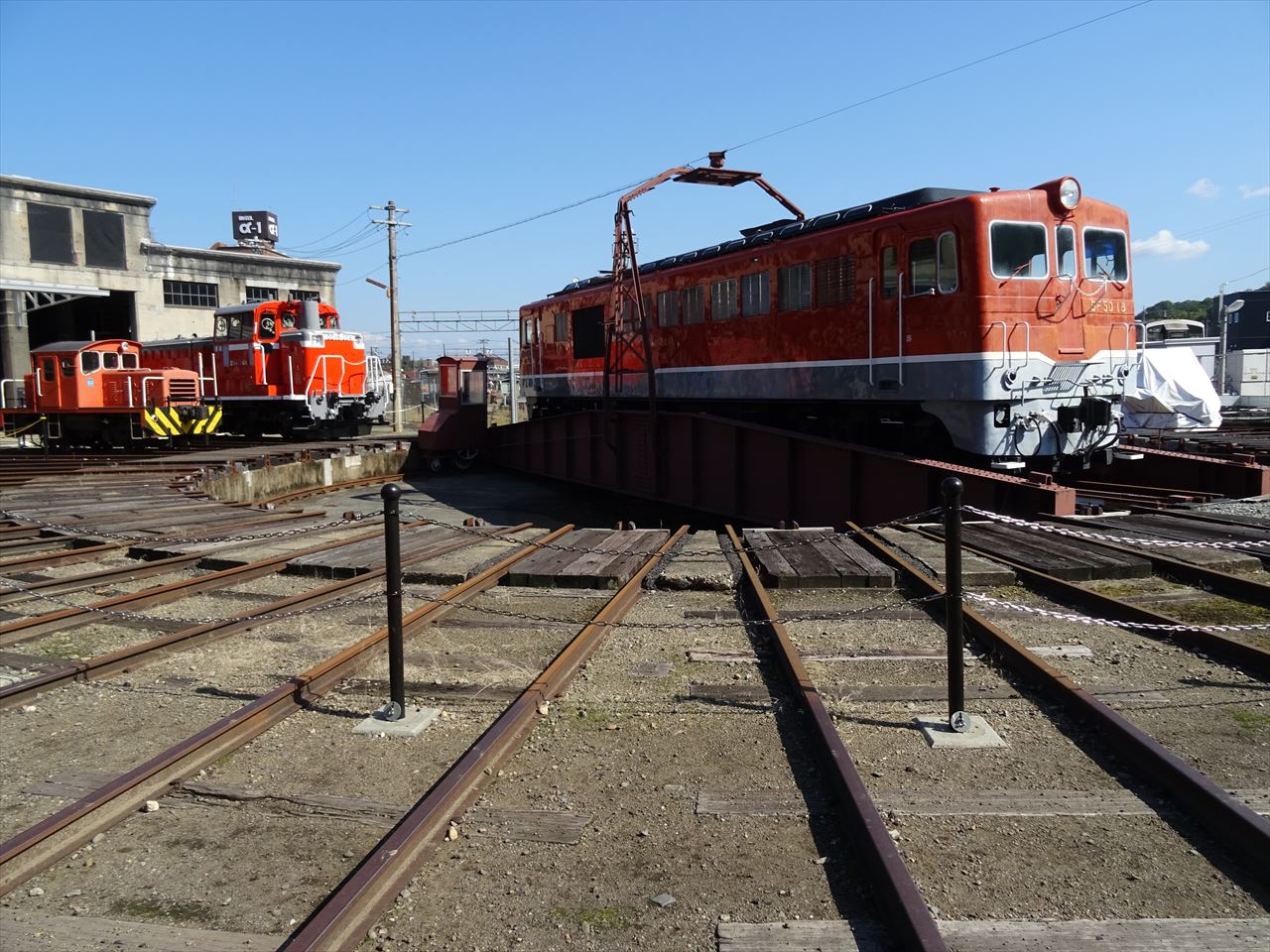If you are a railroad fan, you will want to stop by the Tsuyama Manabi-no-Tetsudo-kan (Manabi Railroad Museum) and Tsuyama Castle (Tsuruyama Park), a famous cherry blossom viewing spot, to pick up some sightseeing spots in and around Tsuyama City.
Tsuyama Manabi-no-Tetsudo-kan
The Tsuyama Manabino Railway Museum is the second largest fan-shaped locomotive depot in Japan, and was recognized as a "Heritage of Industrial Modernization" in 2009.
In the garage, valuable rolling stock such as the D51 steam locomotive, nicknamed "Degoichi," and the DE50 diesel locomotive, a prototype of which only one was built, are preserved in a static state.
The rotating turntable demonstration, which is held irregularly, is very impressive.
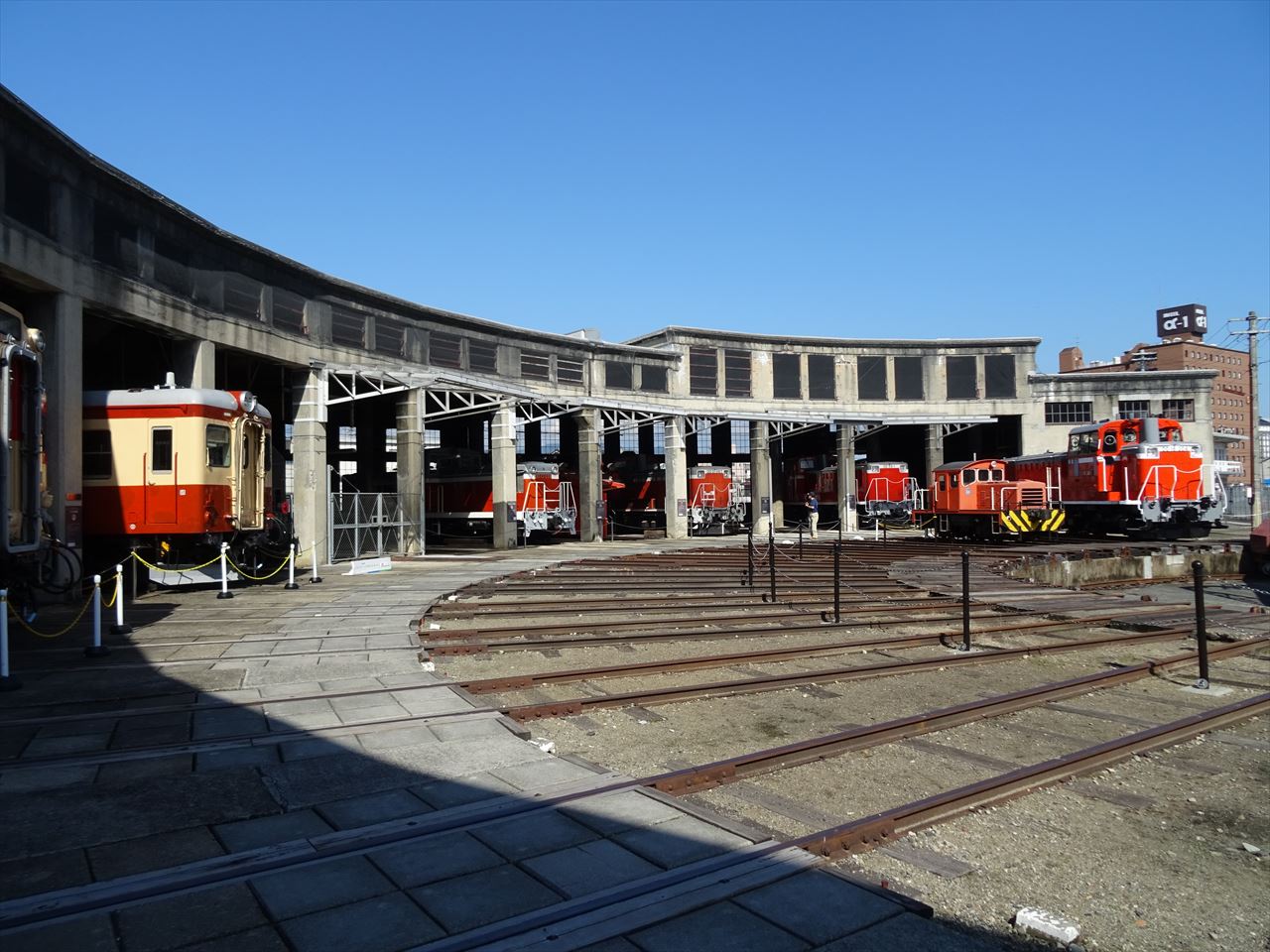
Directions:Take a left on Route 53 in front of Tsuyama Station, and at the first Y, take the narrow road on the left and follow the railroad tracks. A short distance ahead, cross the railroad crossing and you will see the "Otani Jizoson" (Jizoson is a statue of Jizo), and beyond that you will see an information board for the Railway Museum. It is about a 10-minute walk from Tsuyama Station.
Comment: The "departure whistle" from D51 is blown twice a day, at noon and 3:00 pm. Just as I was heading to the Railway Museum after lunch, I heard the noon whistle! BOOOOOO! It seemed to be telling us, "Hey, this way, this way, so we don't get lost! It seemed to be telling us not to get lost...
Tsuyama Castle (Tsuruyama Park)
Tsuyama Castle was built by Mori Tadamasa in 1616. The castle was torn down during the Meiji Restoration when the castle was closed down, but the Bicchu Yagura turret was rebuilt in 2005 to commemorate the 400th anniversary of the castle's construction. When in full bloom, the approximately 1,000 cherry trees, which have been selected as one of the 100 best cherry blossom viewing spots in Japan, are breathtakingly beautiful.
Directions: It is about a 15-minute walk from Tsuyama Station.
Comment: Too bad I couldn't visit Tsuyama Castle due to time constraints. I would like to visit in spring when the cherry blossoms are in full bloom.
Shurakuen Garden
Shurakuen Garden is a pond garden created by Nagatsugu Mori, the lord of Tsuyama Domain, who had a gardener from Kyoto create it.
In September 2002, it was designated as a place of scenic beauty as the former Tsuyama domain villa garden (Shurakuen).
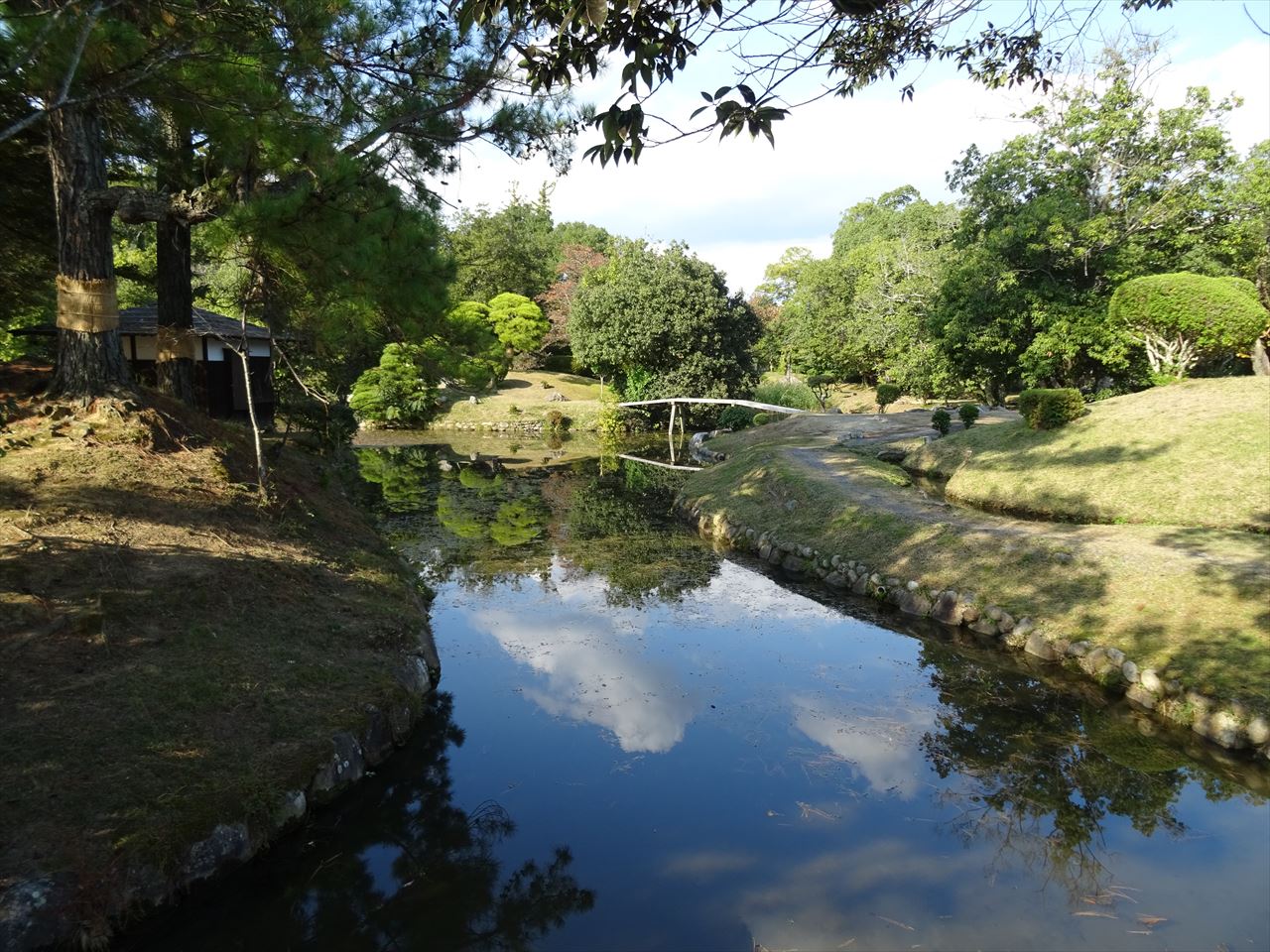
Directions: From the No. 1 bus stop at Tsuyama Station, take the Gongo Bus (right-hand turn), which takes 11 minutes, and get off at Shurakuen Shiyakusho-mae (200 yen for adults, 100 yen for children).
Comment:After leaving Okayama early in the morning and moving and moving all the time, the beauty of the garden seemed to wash over me.
Joto Historical Preservation District
On the east side of Tsuyama City, the houses of merchants and craftsmen have been preserved over a distance of about 1.2 kilometers from Hashimoto-cho to Higashi-shin-machi. It is lined with buildings that retain the appearance of the Edo period, such as namako walls, sleeve walls, and mushiko windows, and was selected as an Important Preservation District for Groups of Traditional Buildings in 2013.
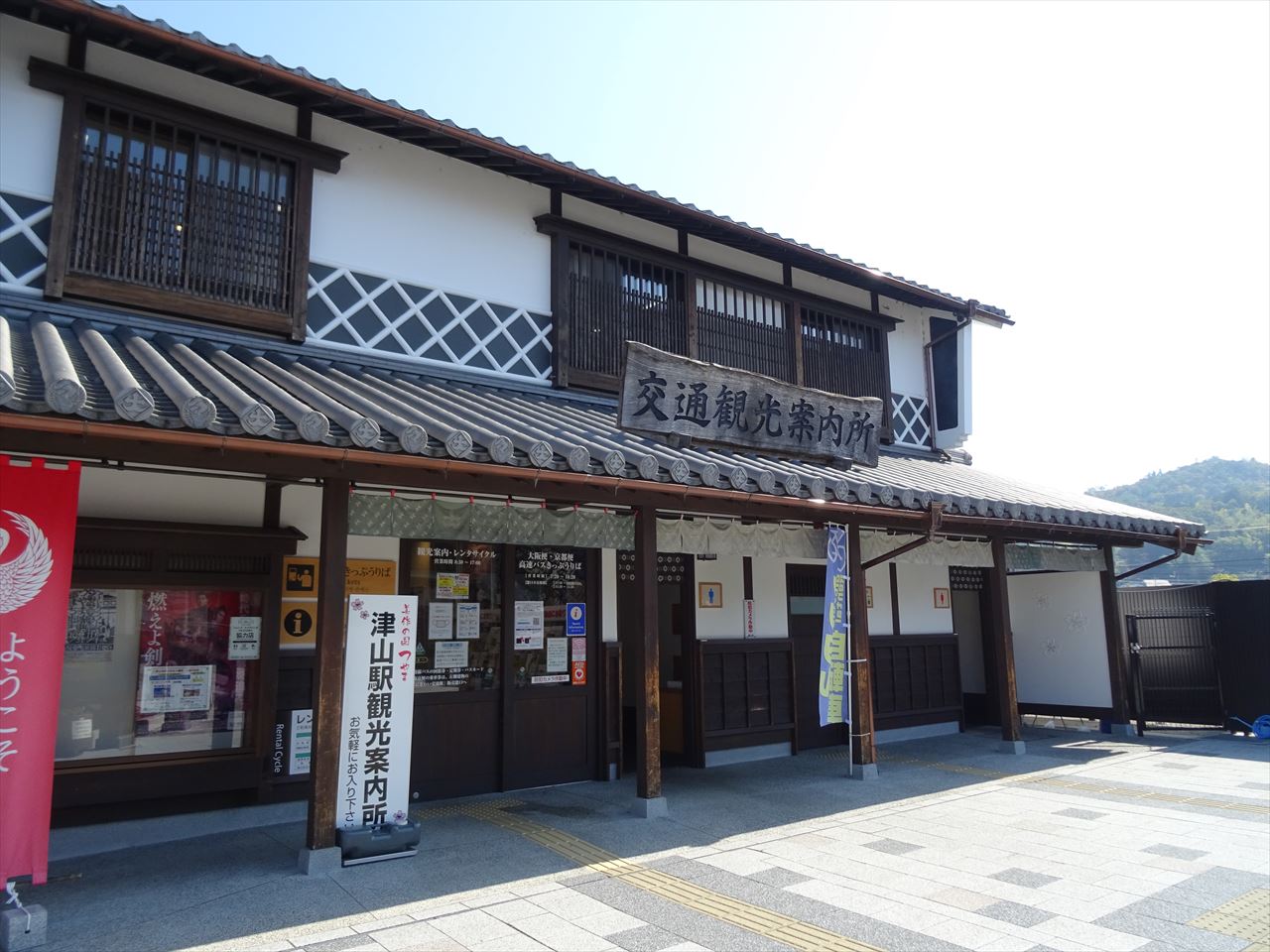
Directions:From the No. 1 bus stop at Tsuyama Station, take the Gongo Bus "left turn" for 13 minutes and get off at Higashi Shinmachi (fare: 200 yen for adults, 100 yen for children).
Comment: Although we were not able to visit the Joto Streets Preservation District, the building of the transportation and tourist information center in front of Tsuyama Station alone conveyed the retro atmosphere of the Edo period.
Yanahana-cho Fureai Mine Park
It is a park where the vehicles used by the Katakami Railroad of the Dowa Mining Company are preserved in motion, and documents about the Sarembara Mine are exhibited. In the former Yoshigahara Station, which is a registered tangible cultural property, only two cars of the precious Kiha 702 are known to exist in their original form. The station is also known as the birthplace of the stationmaster cat, with Kotora serving as the first and Hotohu as the second.
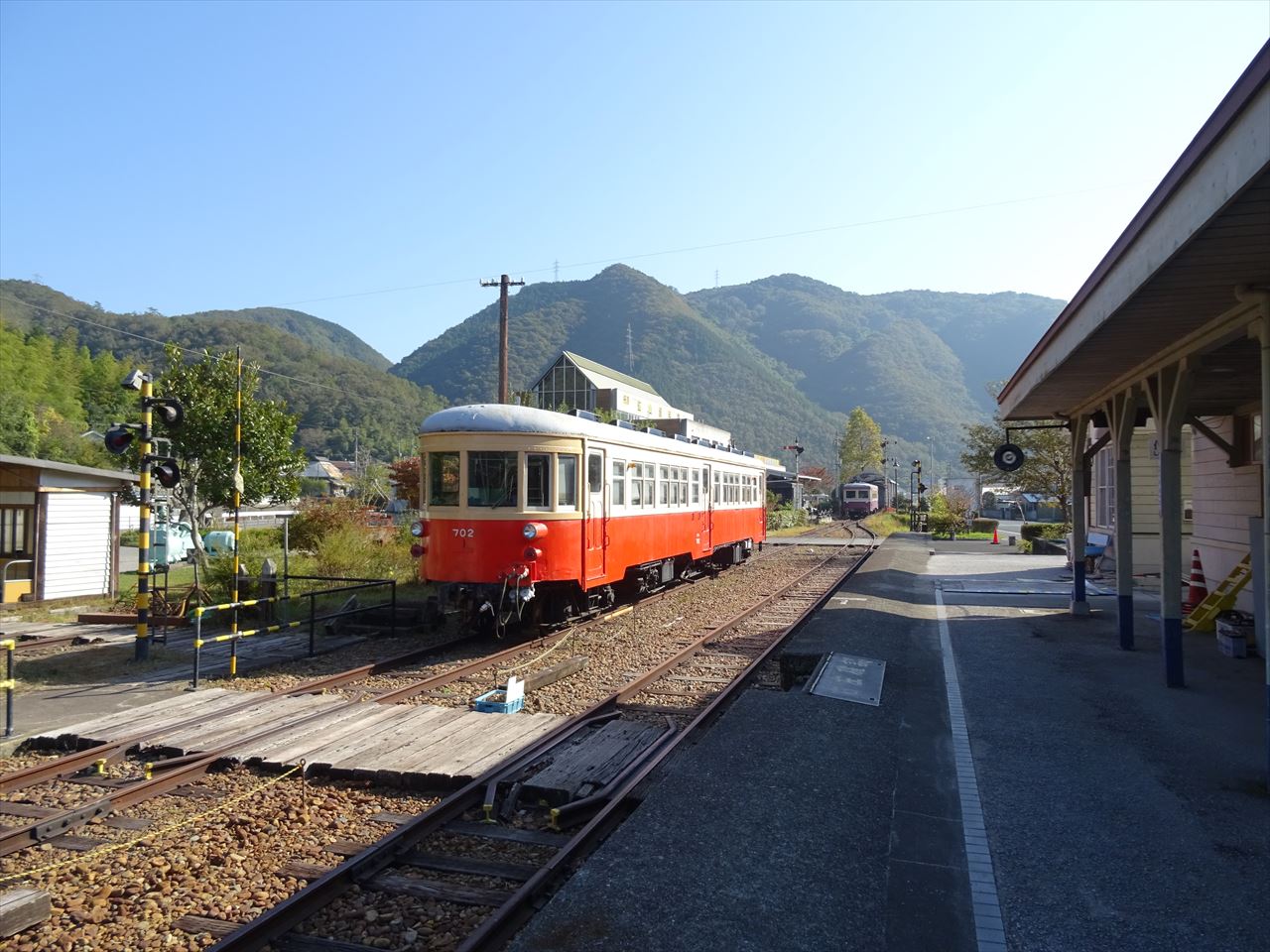
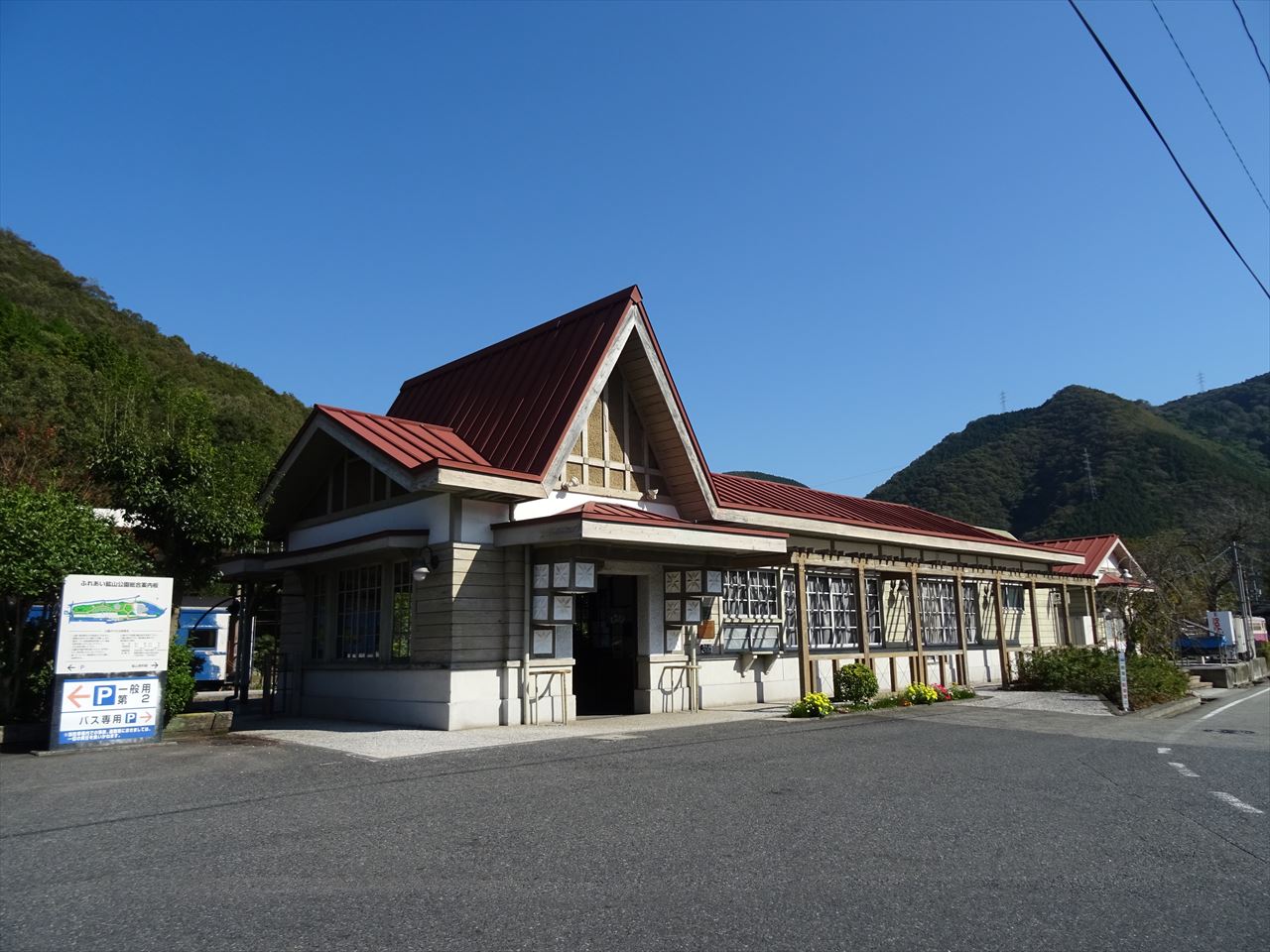
Directions: It is located in Yoshigahara, Misaki-cho, about 20 kilometers south of Tsuyama City. From Tsuyama Station, take the Chutetsu Hokubu Bus for about 30 minutes and get off at "Yoshigahara" (750 yen fare). The bus stop is in front of the old Yoshigahara Station.
Comment:We took the early morning bus from Okayama Station after 7:00 a.m. and changed buses twice. When we arrived at the Yanahana-cho Fureai Mine Park after about two hours, I was like, "I'm here! That's how I felt. Do trains bring adults back to their childhood? I was so moved when I saw the retro train "Kiha702"...
Yanahana-cho Mining Museum
It introduces the history and culture of the Yanahana Mine, one of the most prosperous iron sulfide mines in the East.
In the basement, a life-sized mannequin reproduces the excavation work. A trolley that carried ore out of the mine is also on display.
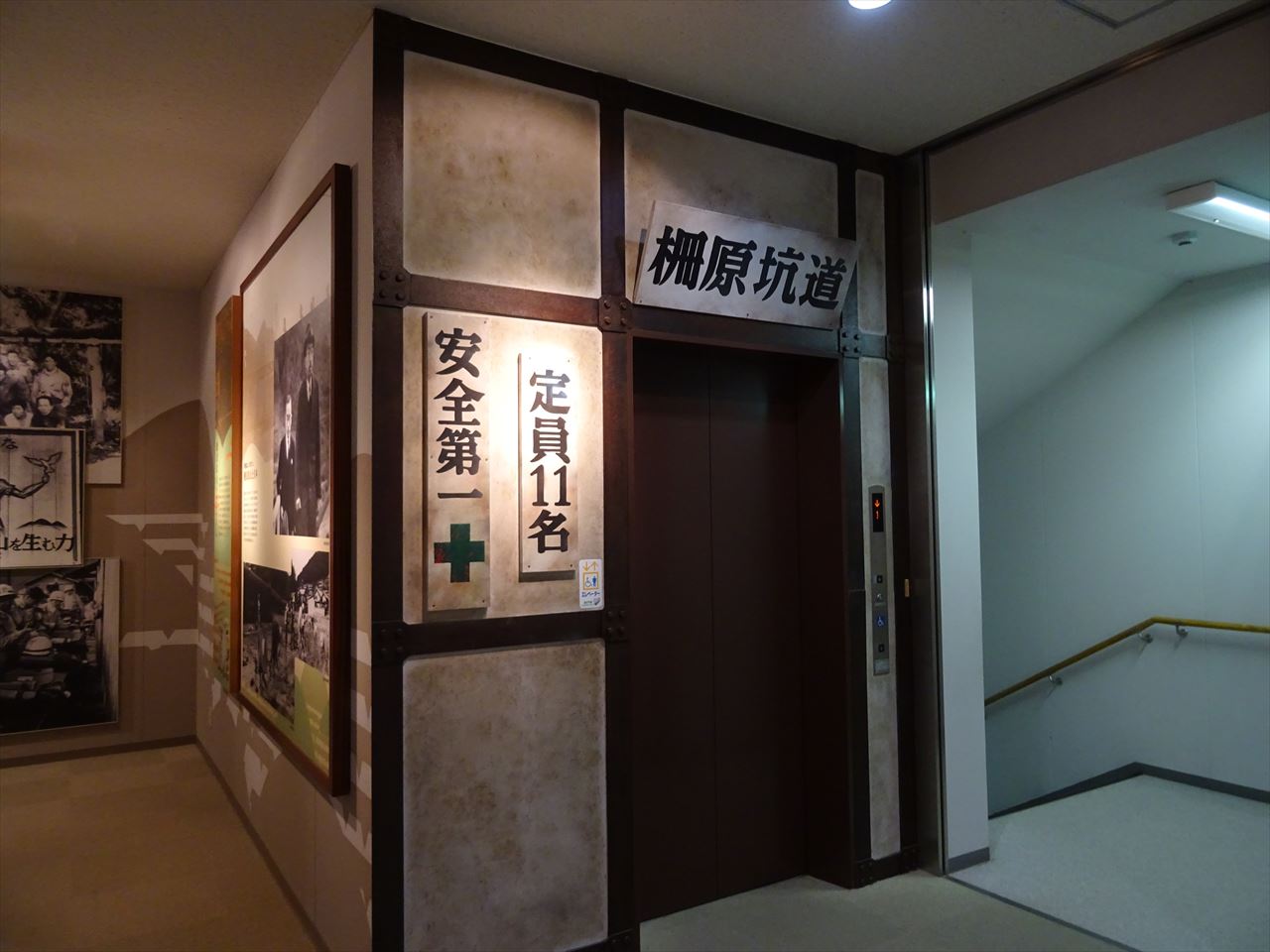
Directions: It is located in Yoshigahara, Misaki-cho, about 20 kilometers south of Tsuyama City. From Tsuyama Station, take the Chutetsu Hokubu Bus for about 30 minutes and get off at "Yoshigahara" (750 yen fare). The bus stop is in front of the old Yoshigahara Station.
Comment: After visiting the streets that recreated the way of life in the Yoshigahara Mine, we took the elevator down to the basement. There was even a warning sign! The elevator button was not "B1", but "In the mine", and the creaking sound as the elevator descended into the mine was also reproduced. It was so realistic that it made me feel as if the elevator was really shaking. It was more interesting than the exhibits.

